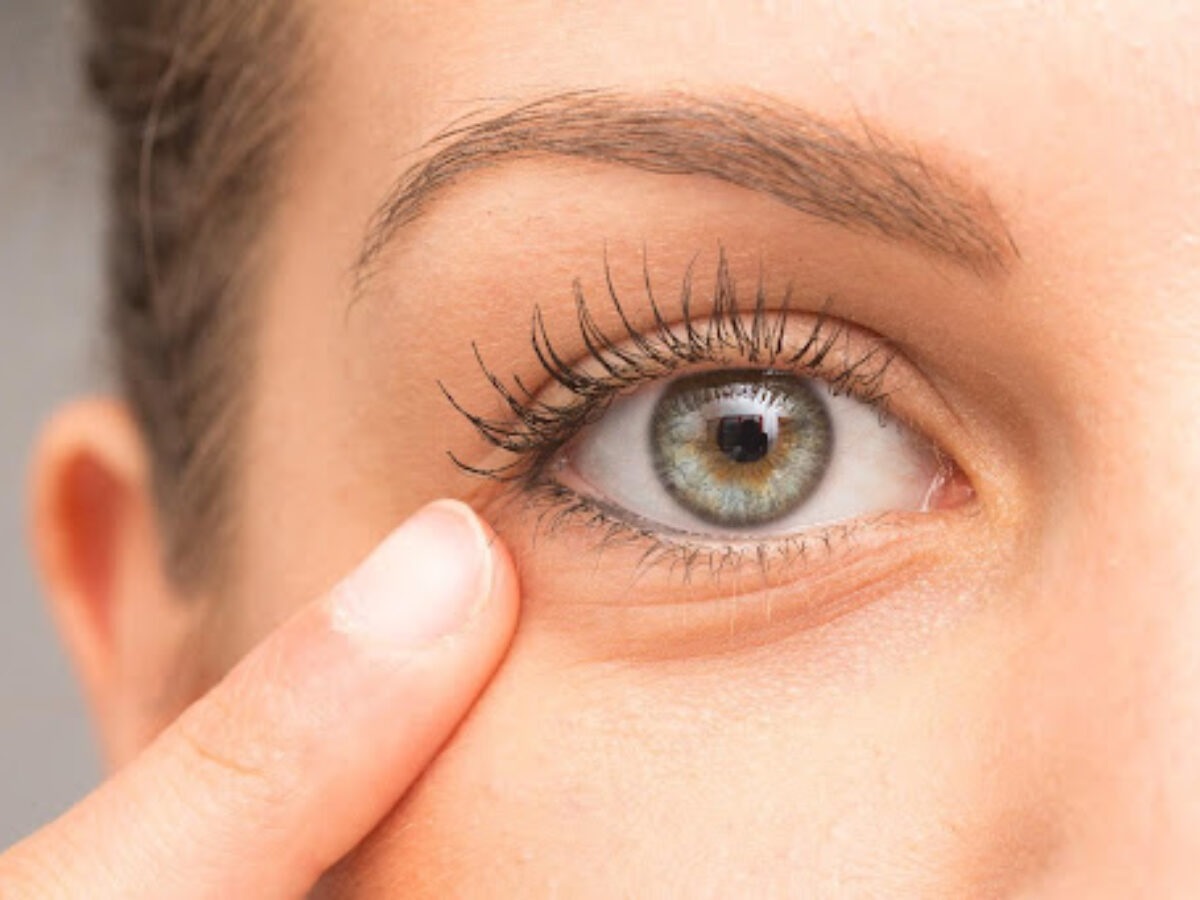Dark eye circles are a common concern for many, often seen as telltale signs of fatigue or stress. However, their presence can be attributed to a variety of factors, not just lack of sleep. These shadows under our eyes can significantly impact our appearance and, by extension, our self-confidence. This comprehensive guide aims to shed light on the causes of dark eye circles, offer advice on prevention, and explore the latest non-surgical treatments, such as Sunekos eye treatments, that promise a fresher, more youthful appearance.
Understanding the Causes of Dark Eye Circles
Genetics: For many, the predisposition to dark under-eye circles begins with genetics. If your parents or grandparents had them, chances are higher you might too. This genetic trait often involves skin pigmentation issues or an inherited tendency towards thinner under-eye skin, making the blood vessels more apparent and the area darker.
Aging: As we age, our skin naturally loses collagen and becomes thinner, especially around the delicate eye area. This thinning skin makes the reddish-blue blood vessels under our eyes more visible, giving the appearance of dark circles.
Lifestyle Factors: Factors such as stress, lack of sleep, and dietary choices can exacerbate the appearance of dark eye circles. Alcohol and caffeine consumption can contribute to dehydration, causing the under-eye area to look dull and sunken.
Sun Exposure: Prolonged sun exposure can prompt your body to produce more melanin, the pigment that gives your skin color. Too much sun, particularly for your eyes, can darken the pigmentation around them.
Allergies: Allergic reactions and eye dryness can trigger dark circles. When you have an allergic reaction, your body releases histamines as a response to harmful bacteria. Other than causing uncomfortable symptoms — including redness, swelling, and itching — histamines also prompt your blood vessels to dilate and become more visible beneath the skin.
Preventing Dark Eye Circles
While some causes are beyond our control, such as genetics and the natural aging process, there are preventative measures you can take to mitigate the appearance of dark eye circles:
Maintain a healthy lifestyle: Ensure adequate sleep, manage stress, and consume a balanced diet rich in vitamins C and K.
Hydration: Drink plenty of water throughout the day to prevent dehydration, which can make under-eye circles appear more pronounced.
Sun protection: Apply a broad-spectrum sunscreen around the eyes daily and wear sunglasses to protect against UV damage.
Skincare: Use eye creams or serums containing vitamins C and E, retinol, or hyaluronic acid to boost collagen production and hydrate the skin.
Non-Surgical Treatments for Dark Eye Circles
For those seeking more immediate or dramatic results, several non-surgical treatments can help reduce dark eye circles:
Topical Treatments: These include creams and serums formulated specifically for the under-eye area. Look for products containing ingredients like vitamin C, which can brighten the skin, or caffeine, which can reduce puffiness and improve circulation.
Chemical Peels: Gentle peels can help to reduce pigmentation and improve the overall texture of the skin around the eyes.
Laser Therapy: Treatments like fractional laser resurfacing work by stimulating collagen production beneath the skin’s surface, reducing the visibility of veins that can cause darkening.
Filler Injections: Hyaluronic acid fillers can be injected into the tear troughs, the hollows under the eyes, to reduce shadowing and give the appearance of a more rested look.
Sunekos Eye Treatments: A relatively new procedure, Sunekos involves a series of injections that combine hyaluronic acid and a complex of amino acids. It stimulates the fibroblasts in the skin to produce collagen and elastin, restoring elasticity and volume to the under-eye area, and significantly reducing dark circles.
Conclusion
Dark eye circles are a multifaceted problem with no one-size-fits-all solution. Understanding the underlying causes is the first step toward effectively addressing them. Whether through lifestyle adjustments, diligent skincare, or professional treatments, you can reduce the appearance of dark circles. Non-surgical treatments, such as Sunekos eye procedures, offer promising results for those seeking a fresh, rejuvenated look. Always consult with a skincare professional or dermatologist to determine the most appropriate treatment for your specific needs and ensure that you’re on the path to brighter, more youthful-looking eyes.






